Writing Manuscript Quality: How to Avoid Plagiarism & Questionable research practices
Dissertation writing is probably the biggest and most significant academic challenge students will face. This takes time, need critical thinking, and thorough documentations. But fear of plagiarism looms large, and it creates more stress to the processing. Whether is this your first time research paper writing a dissertation, or you are simply finding for easy reference to refer to, this guide should help you to get through the task without getting too lost in the complexities of dissertation writing, whilst still maintaining originality and academic integrity.
1. Understand Plagiarism
Plagiarism is when you do use someone else’s work or idea but without attribution.
• Text copying verbatim without citation.
• Men who without credit use another's data or research findings. Submit
someone else’s work as your own.
Academic challenges a student faces. It requires in-depth research, critical
thinking, and meticulous documentation.
However, to overcome plagiarism often appear large, adding extra stress to the
process. We assist you to navigate the convolution of dissertation manuscript writing
while ensuring originality and academic integrity.
Avoid Plagiarism
Plagiarism is the act of by using someone else’s research work or ideas without proper attribution. It includes:
• Copying text verbatim without citations.
• Paraphrasing poorly without acknowledgment.
• Using another’s data or research findings without credit.
• Submitting someone else’s work as your own.
The first step in avoiding plagiarism is to know its different forms.
2. Make a sound research plan
A well-structured research plan can save you from the chaos that comes with doing research and give you a direction you can focus on. Break your dissertation into pieces and schedule the work honestly: promising yourself to do 3,000 words on Monday, then killing yourself finishing it on Tuesday will simply make you hate your dissertation. By concentrating on content, it minimizes the temptation to rush to complete a dead line by copying and pasting.
3. Use Reliable Sources
Get information from actual subject matter experts from credible societies such as peer reviewed journals, books, reputable websites, and so on. Always keep in mind to keep detailed notes about the place of all the piece of information and along with that it has to contain you the page numbers and the publication details.
4. Master Proper Citation Practices
Learn how your institution requires you to cite (APA, MLA, Chicago, etc.). Use citations for:
• Direct quotes.
• Paraphrased content.
• Data, statistics, and graphs.
Managing references efficiently can be made easier through use of tools like Zotero, EndNote or Mendeley.
5. Hone Your Paraphrasing Skills
Paraphrasing is writing ideas from a source in your own words, with the same meaning. Don’t just swap out some words; seek a new point of view and add a citation.
Example of Effective Paraphrasing:
Original Text: “Plagiarism is the complete erosion of the value of otherwise hard work and is an assault on academic integrity.”
Paraphrased Version: “Students who painstakingly do their work are diminished by plagiarism which also compromises academic integrity.”
6. Utilize Plagiarism Detection Tools
Plagiarism detection software such as Turnitin, Grammarly, or Copyscape is used before submission of your dissertation. They also pinpoint possible spots of not intentional plagiarism ahead of submission.
7. Seek Guidance from Mentors
Get feedback from your advisor or mentor on a regular basis. They can help you improve or fix the areas where you need it.
8. Write in Your Own Voice
Try to say your own thoughts, rather than overemphasizing what they say. Your unique analysis and unique perspective give your dissertation value.
9. Proofread and Edit Thoroughly
Your dissertation is proofread rigorously for errors, and inconsistencies. Citation review, format conscious, and end of sources appropriately cred.
10. Plan for Revisions
Give yourself some time to gently revise based on feedback and correct any necessary shortcomings. A nicely polished dissertation shows that you’re dedicated and committed to do your best work.
Conclusion
However, it can be a daunting task if you don’t know how to write a plagiarism-free dissertation but you can always pick up a few tricks and use the right tools that make it easy. Understanding plagiarism, how to plan your research, what are citation practices in your paper and what kind of resources are available to you are sure ways you will submit a dissertation that has academic integrity and clearly shows your hard work. Find peace of mind when it comes to plagiarism and embrace the arrival of a perfect dissertation.
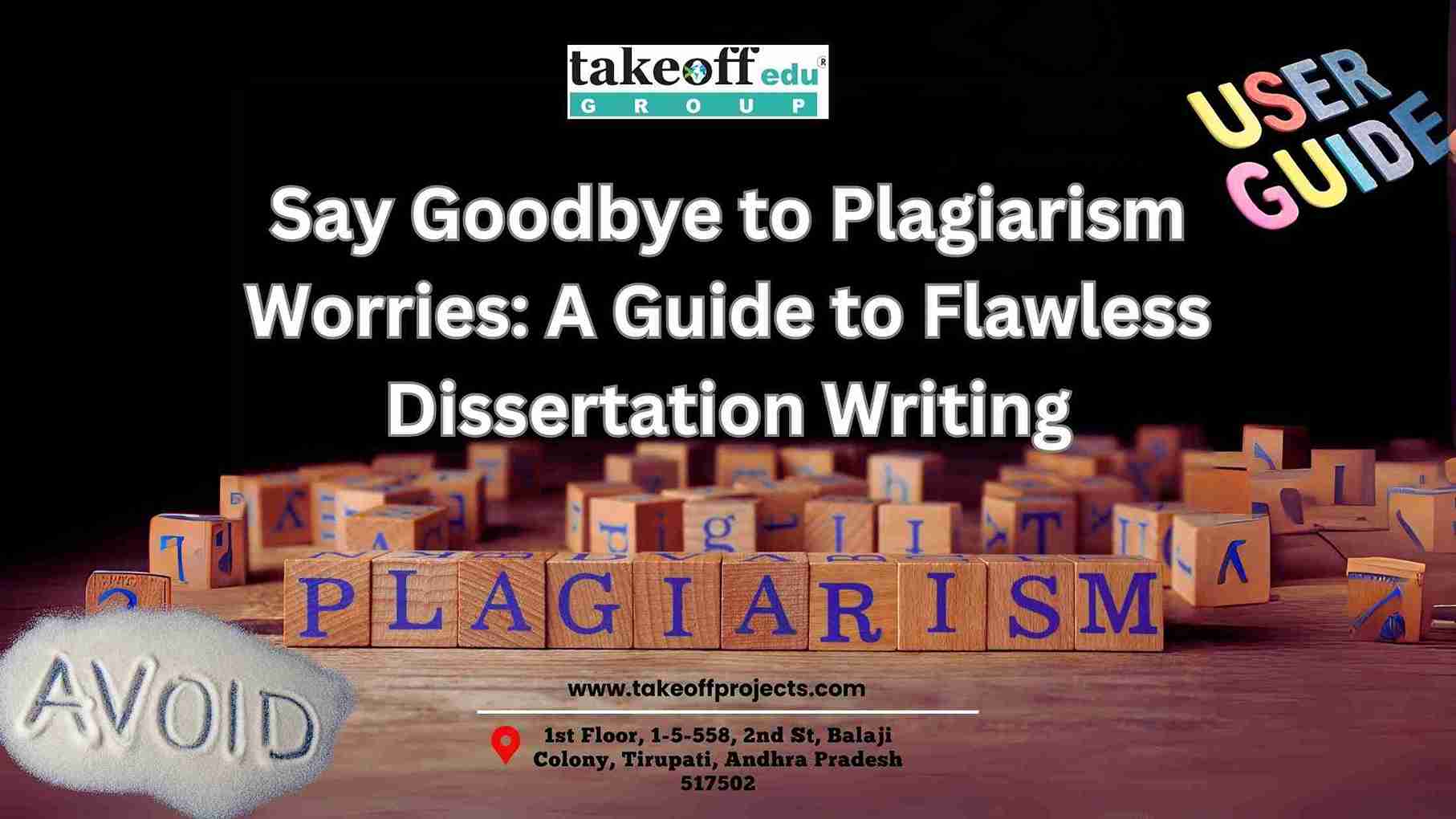
 PhD in Electrical Engineering: Research & Writing Support
PhD in Electrical Engineering: Research & Writing Support  Which are the Best PhD Assistance and Dissertation Writing Services in India?
Which are the Best PhD Assistance and Dissertation Writing Services in India?  How to Choose a PhD Research Domain: EEE, ECE, or CSE?
How to Choose a PhD Research Domain: EEE, ECE, or CSE? 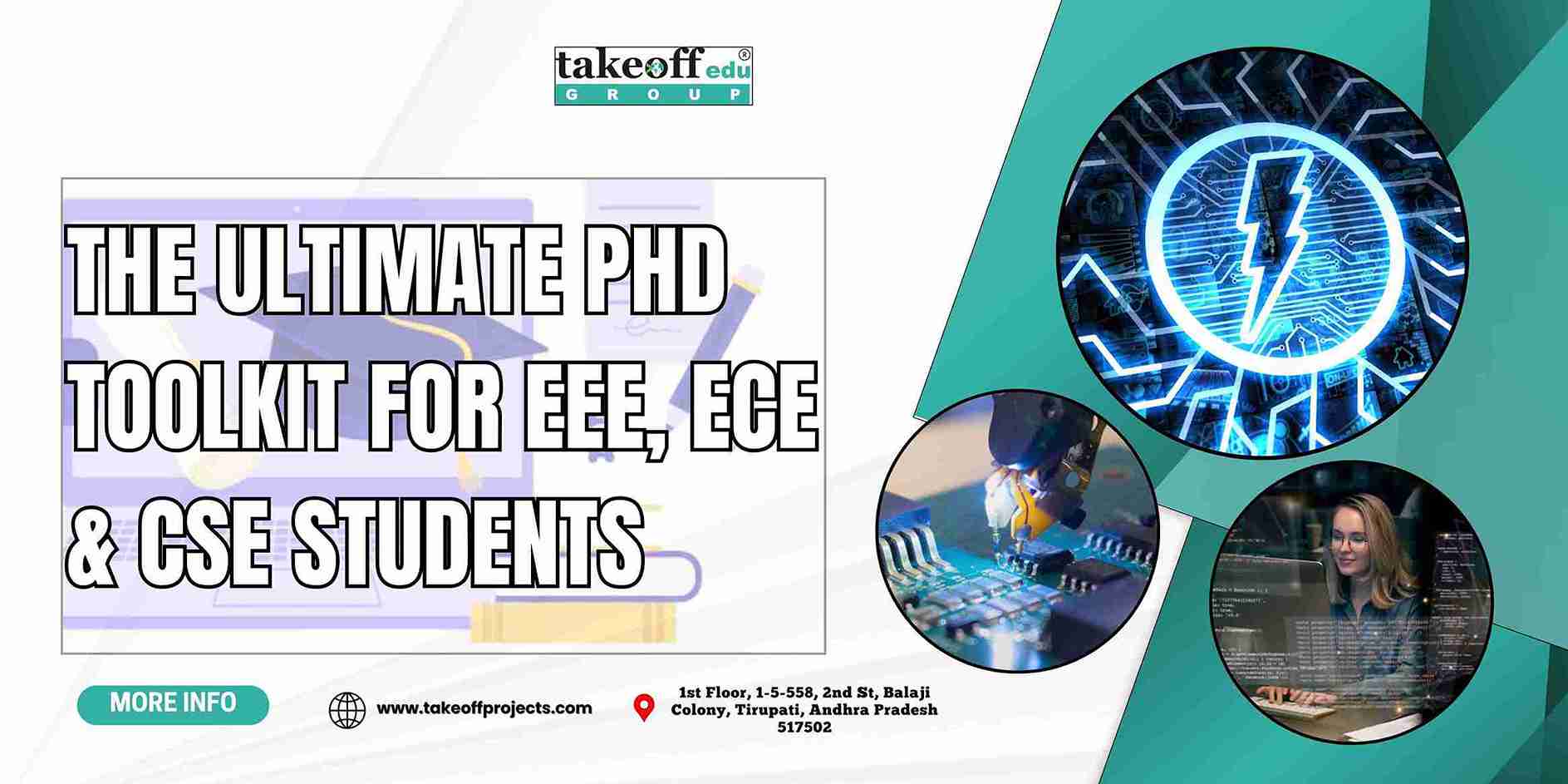 The Ultimate PhD Toolkit for EEE, ECE and CSE Students
The Ultimate PhD Toolkit for EEE, ECE and CSE Students  Publication Success in EEE, ECE, and CSE: Expert Tips for Engineering Scholars
Publication Success in EEE, ECE, and CSE: Expert Tips for Engineering Scholars  Your PhD Guide to Multi-Disciplinary Research in Engineering and Technology
Your PhD Guide to Multi-Disciplinary Research in Engineering and Technology  Top PhD Topics across EEE, ECE, and CSE: Bridging Innovation and Impact
Top PhD Topics across EEE, ECE, and CSE: Bridging Innovation and Impact  Top Embedded Systems Projects for Engineering Students
Top Embedded Systems Projects for Engineering Students  Crafting the Future of Tech: PhD Research Trends in Software Engineering
Crafting the Future of Tech: PhD Research Trends in Software Engineering  From Algorithms to Applications: Comprehensive PhD Support for CSE Students
From Algorithms to Applications: Comprehensive PhD Support for CSE Students  Cybersecurity and Blockchain: Pioneering Research Areas for PhD Scholars
Cybersecurity and Blockchain: Pioneering Research Areas for PhD Scholars 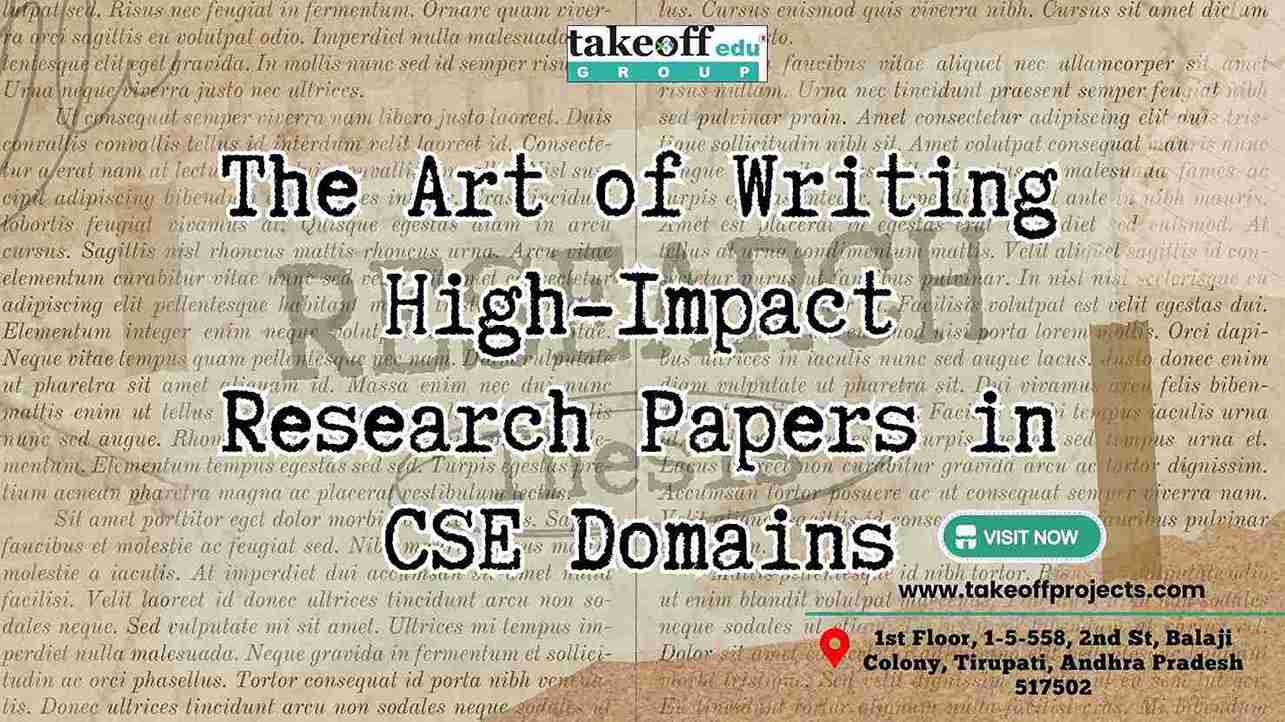 The Art of Writing High-Impact Research Papers in CSE Domains
The Art of Writing High-Impact Research Papers in CSE Domains  AI, ML, and Big Data: Emerging PhD Topics in CSE to Watch
AI, ML, and Big Data: Emerging PhD Topics in CSE to Watch  Top Research Trends in Electrical Drives for Aspiring PhD Scholars
Top Research Trends in Electrical Drives for Aspiring PhD Scholars  Transforming Ideas into Impact: Dissertation Help for EEE Scholars
Transforming Ideas into Impact: Dissertation Help for EEE Scholars 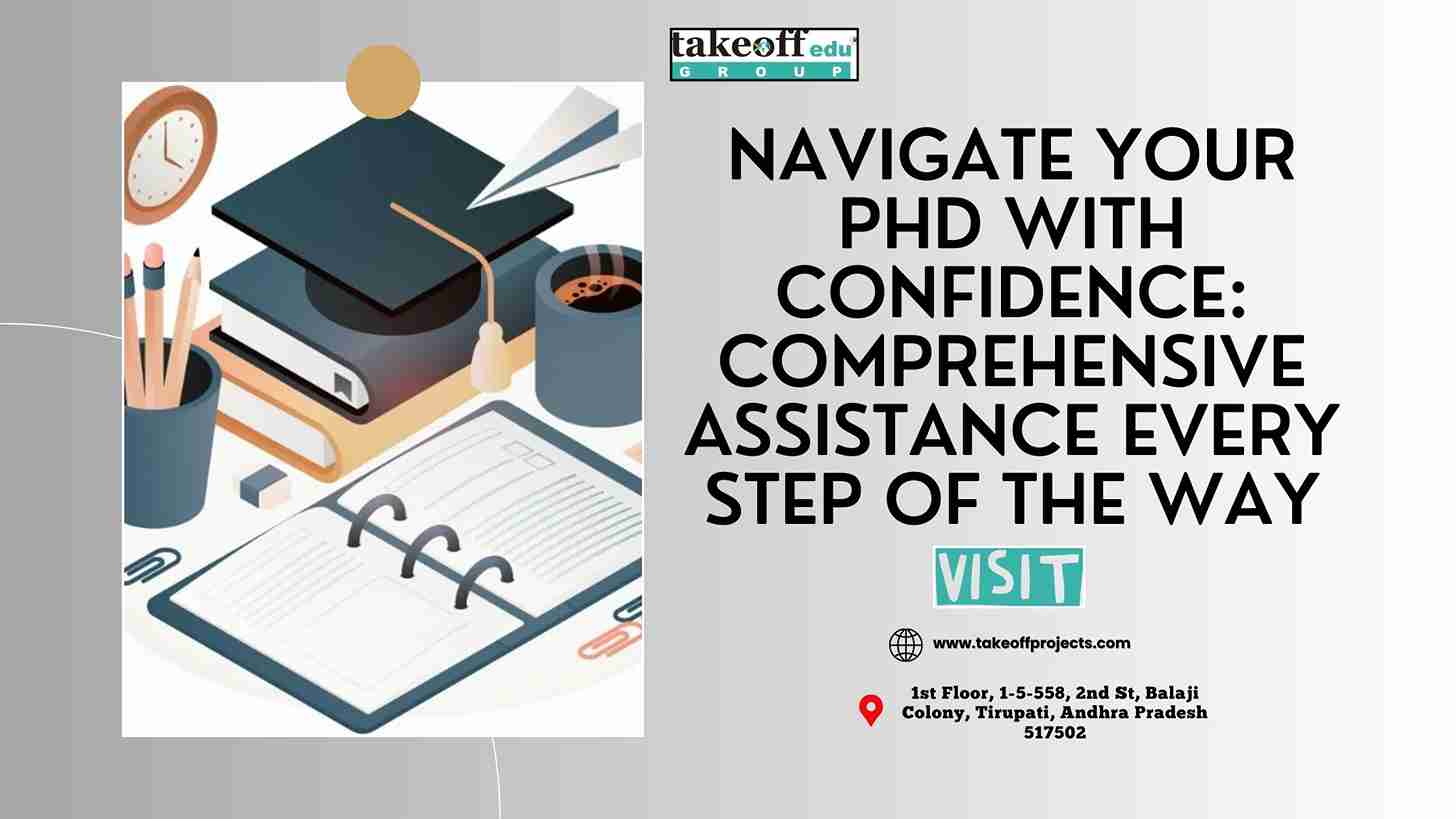 Navigate Your PhD with Confidence: Comprehensive Assistance Every Step of the Way
Navigate Your PhD with Confidence: Comprehensive Assistance Every Step of the Way  ECE Dissertation Success: Expert Tips for Writing and Publishing your Academic Success
ECE Dissertation Success: Expert Tips for Writing and Publishing your Academic Success 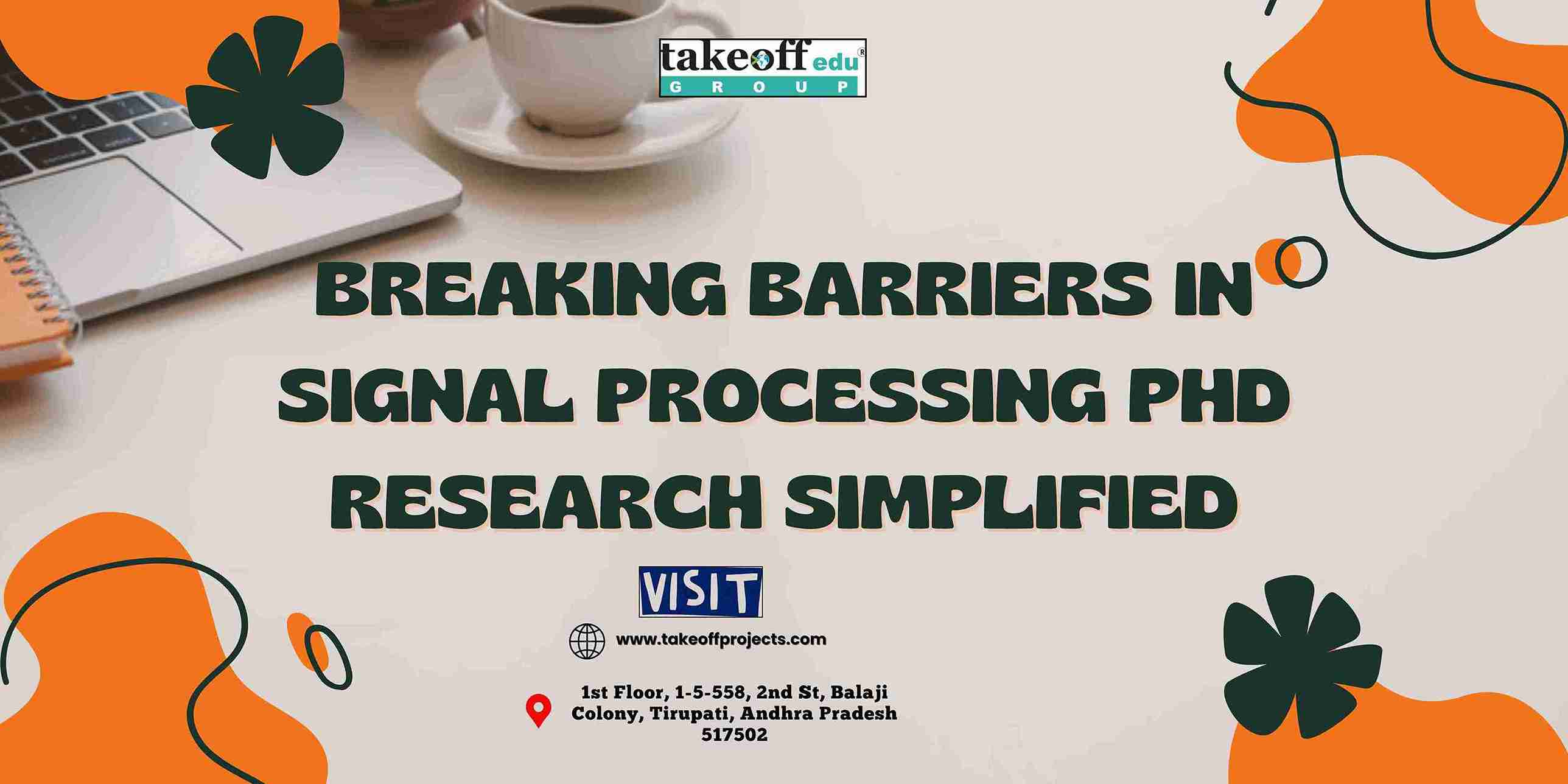 Breaking Barriers in Signal Processing: PhD Research Simplified
Breaking Barriers in Signal Processing: PhD Research Simplified  Building the Next-Gen Tech: A Guide to ECE Research and Publication
Building the Next-Gen Tech: A Guide to ECE Research and Publication  From Circuits to Control Systems: Navigating EEE Research with Expert Guidance
From Circuits to Control Systems: Navigating EEE Research with Expert Guidance  From Data to Discovery: Quantitative Analysis That Drives Results
From Data to Discovery: Quantitative Analysis That Drives Results  Future of IoT and Wireless Communication: Top PhD Opportunities in ECE
Future of IoT and Wireless Communication: Top PhD Opportunities in ECE  Top PhD Topics Energy Management in Power Electronics
Top PhD Topics Energy Management in Power Electronics  Exploring VLSI Design and Embedded Systems: Winning Research Topics for ECE Scholars
Exploring VLSI Design and Embedded Systems: Winning Research Topics for ECE Scholars  Expert-Approved Techniques for Crafting a Winning PhD Synopsis
Expert-Approved Techniques for Crafting a Winning PhD Synopsis 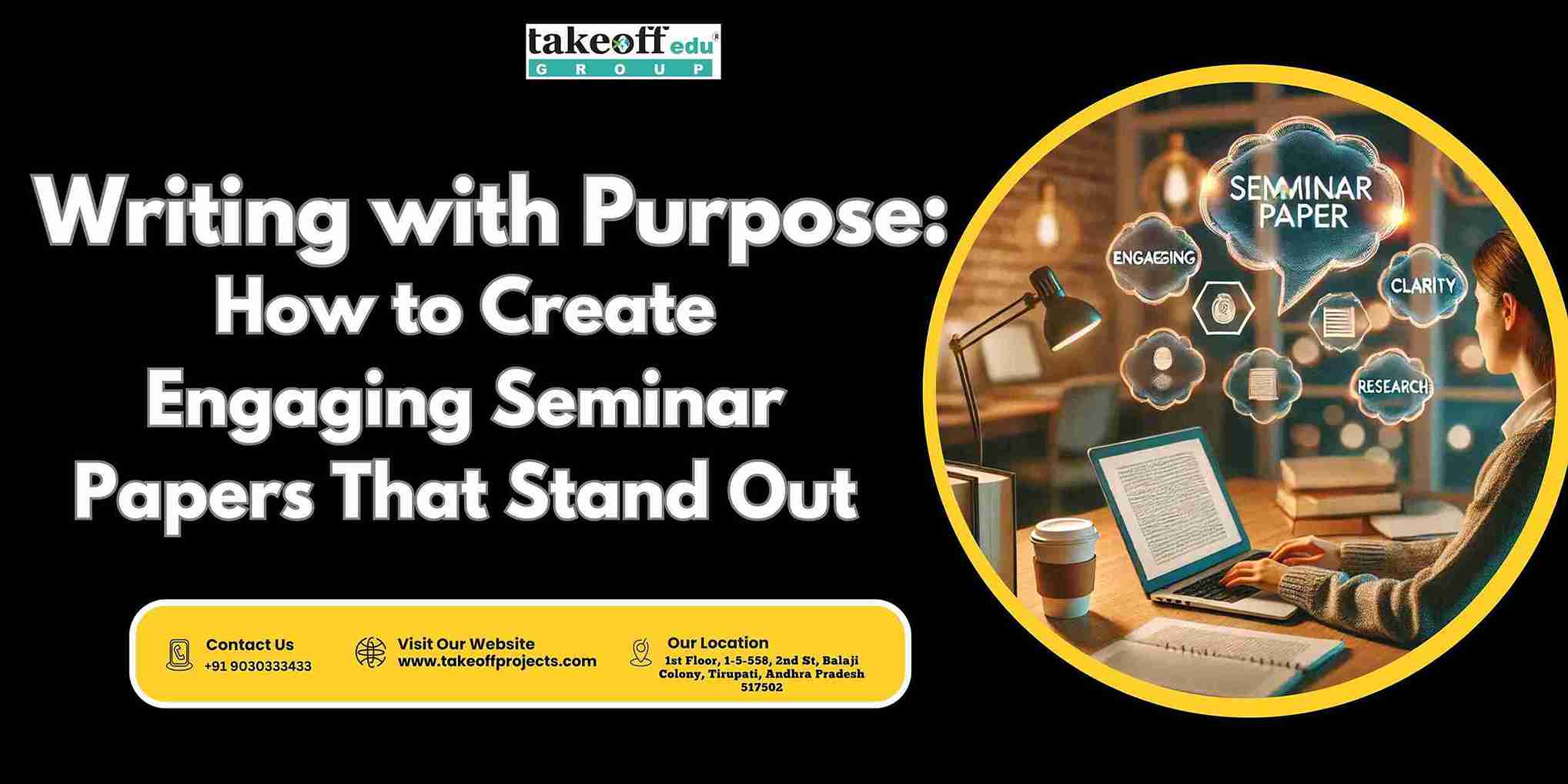 Writing with Purpose: How to Create Engaging Seminar Papers That Stand Out
Writing with Purpose: How to Create Engaging Seminar Papers That Stand Out 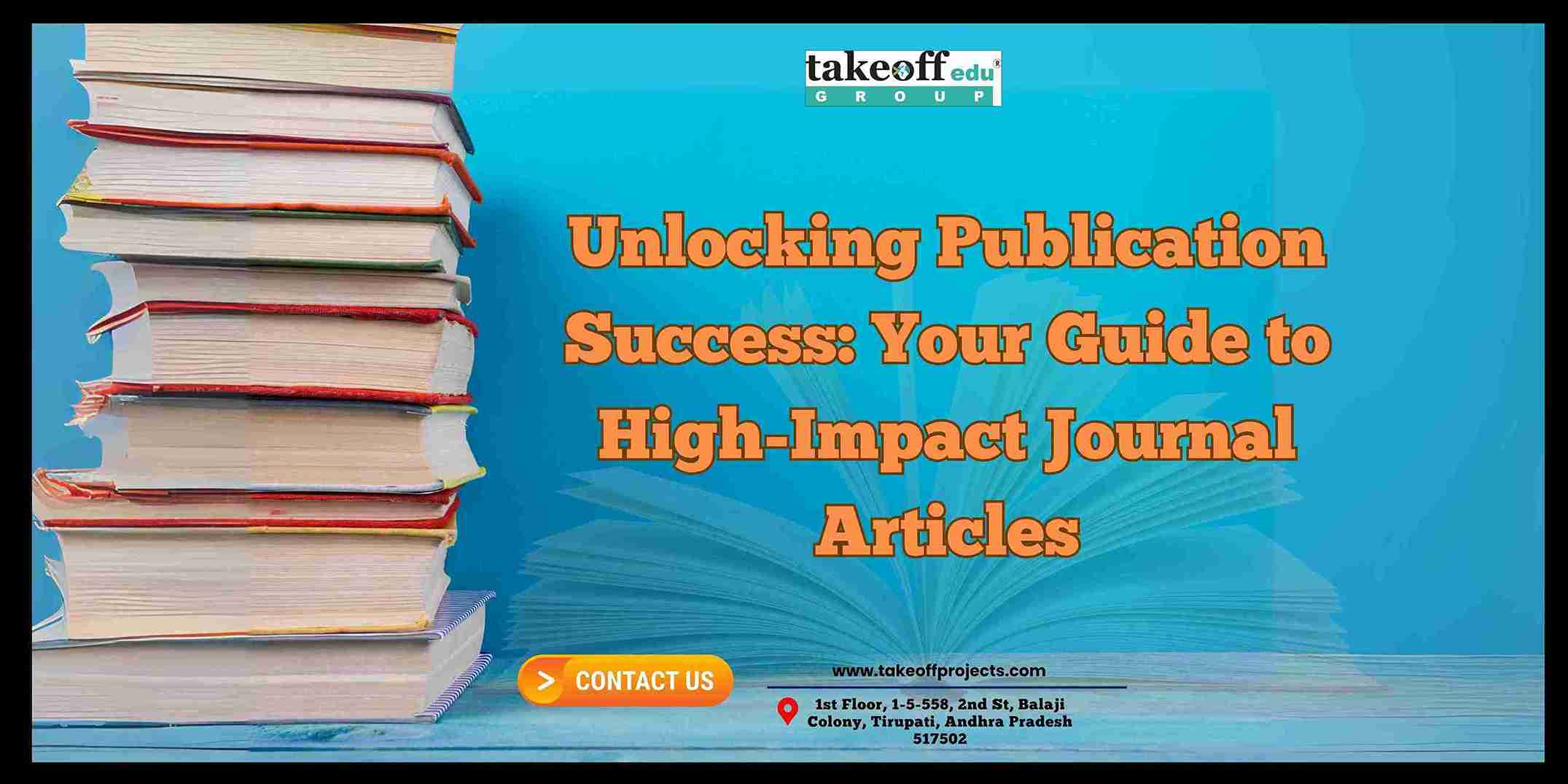 Unlocking Publication Success: Your Guide to High-Impact Journal Articles
Unlocking Publication Success: Your Guide to High-Impact Journal Articles  Mastering Energy Management: Top PhD Topics in Power Electronics
Mastering Energy Management: Top PhD Topics in Power Electronics  PhD Topic Selection Simplified: Choosing What Matters Most to You
PhD Topic Selection Simplified: Choosing What Matters Most to You 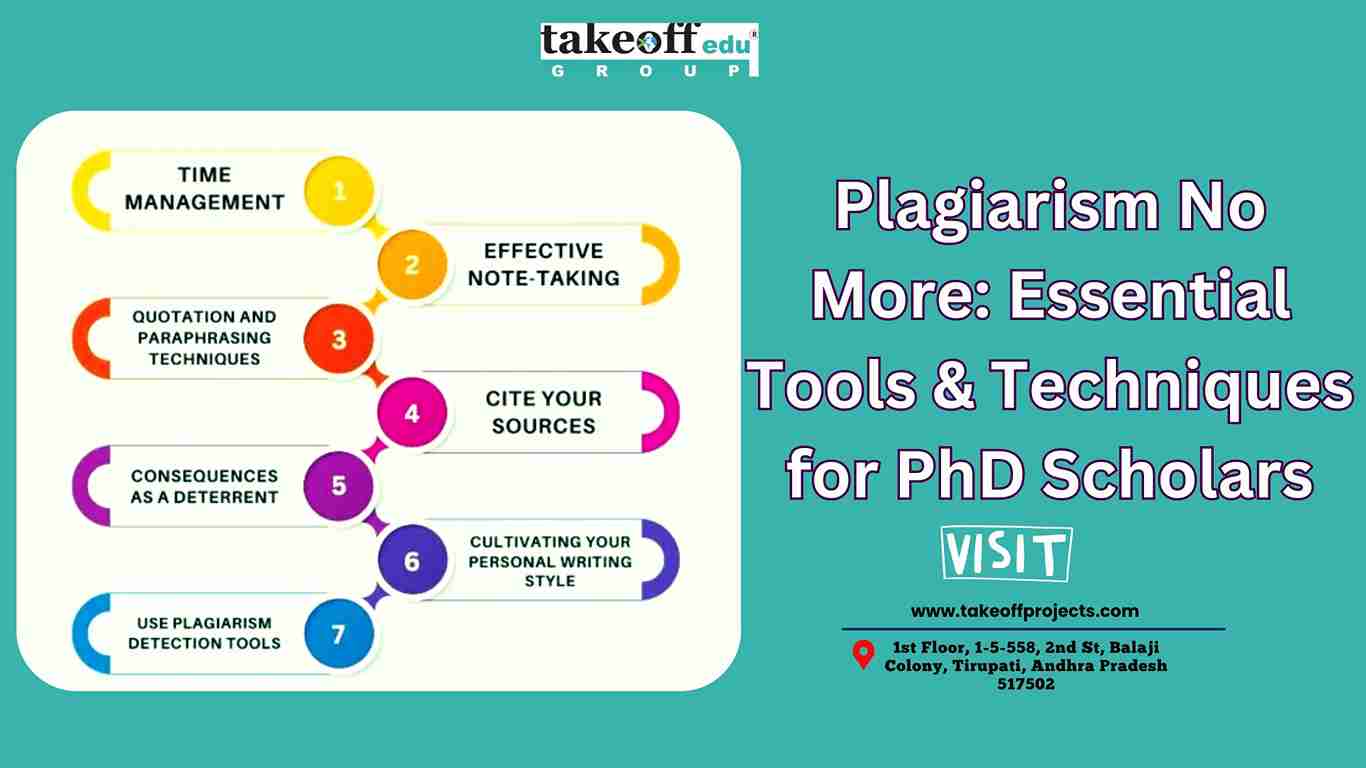 Plagiarism No More: Essential Tools and Techniques for PhD Scholars
Plagiarism No More: Essential Tools and Techniques for PhD Scholars 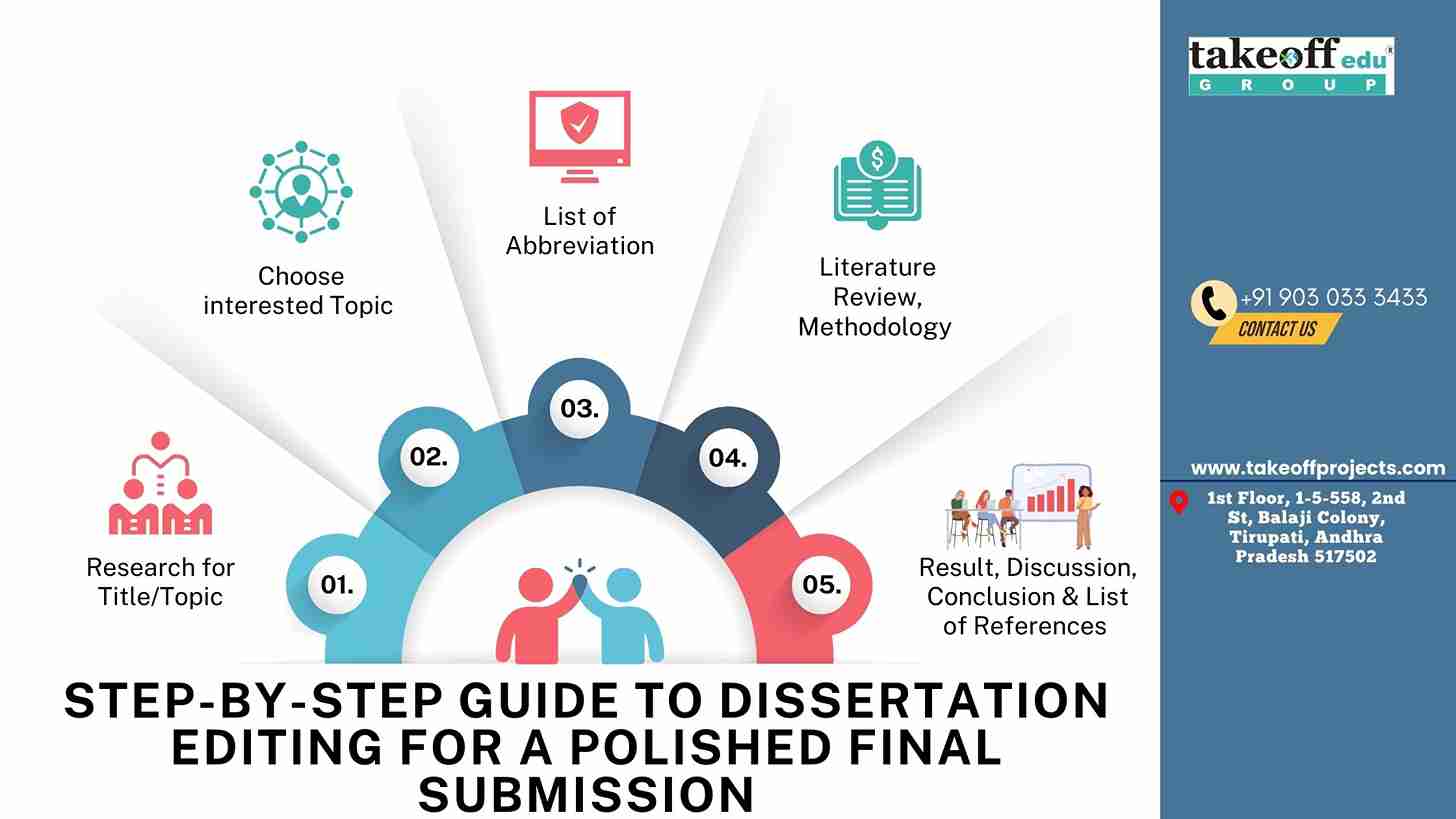 Step-by-Step Guide to Dissertation Editing for a Polished Final Submission
Step-by-Step Guide to Dissertation Editing for a Polished Final Submission 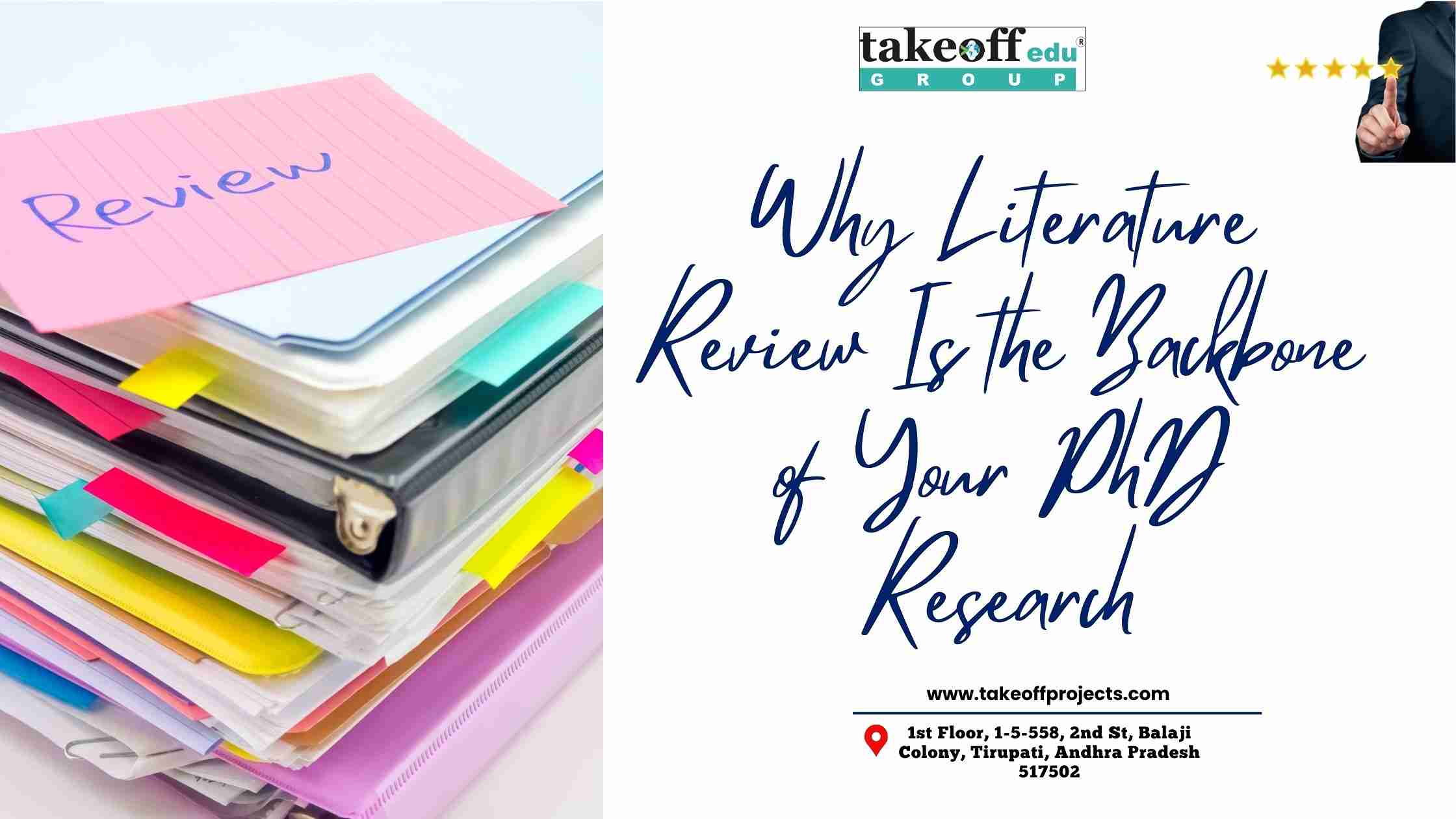 Why Literature Review Is the Backbone of Your PhD Research?
Why Literature Review Is the Backbone of Your PhD Research?  Accelerate Your Research: Software Implementation Made Easy for PhD Students
Accelerate Your Research: Software Implementation Made Easy for PhD Students  Stress-Free PhD Viva Voce Preparation: Expert Tips to Impress Examiners
Stress-Free PhD Viva Voce Preparation: Expert Tips to Impress Examiners  Transforming Data into Insights: Qualitative and Quantitative Analysis Explained
Transforming Data into Insights: Qualitative and Quantitative Analysis Explained  The Art of Problem Identification: Laying the Foundation for PhD Success
The Art of Problem Identification: Laying the Foundation for PhD Success  From Idea to Impact: Crafting High-Quality Conference and Seminar Papers
From Idea to Impact: Crafting High-Quality Conference and Seminar Papers 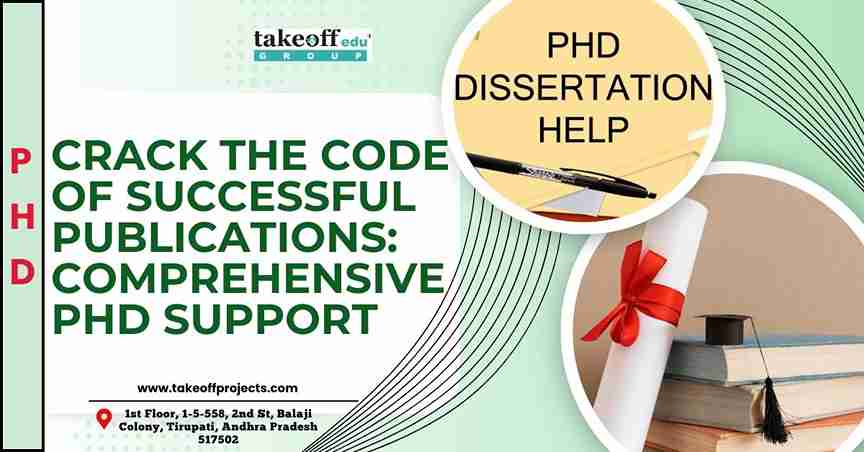 Crack the Code of Successful Publications: Comprehensive PhD Support
Crack the Code of Successful Publications: Comprehensive PhD Support 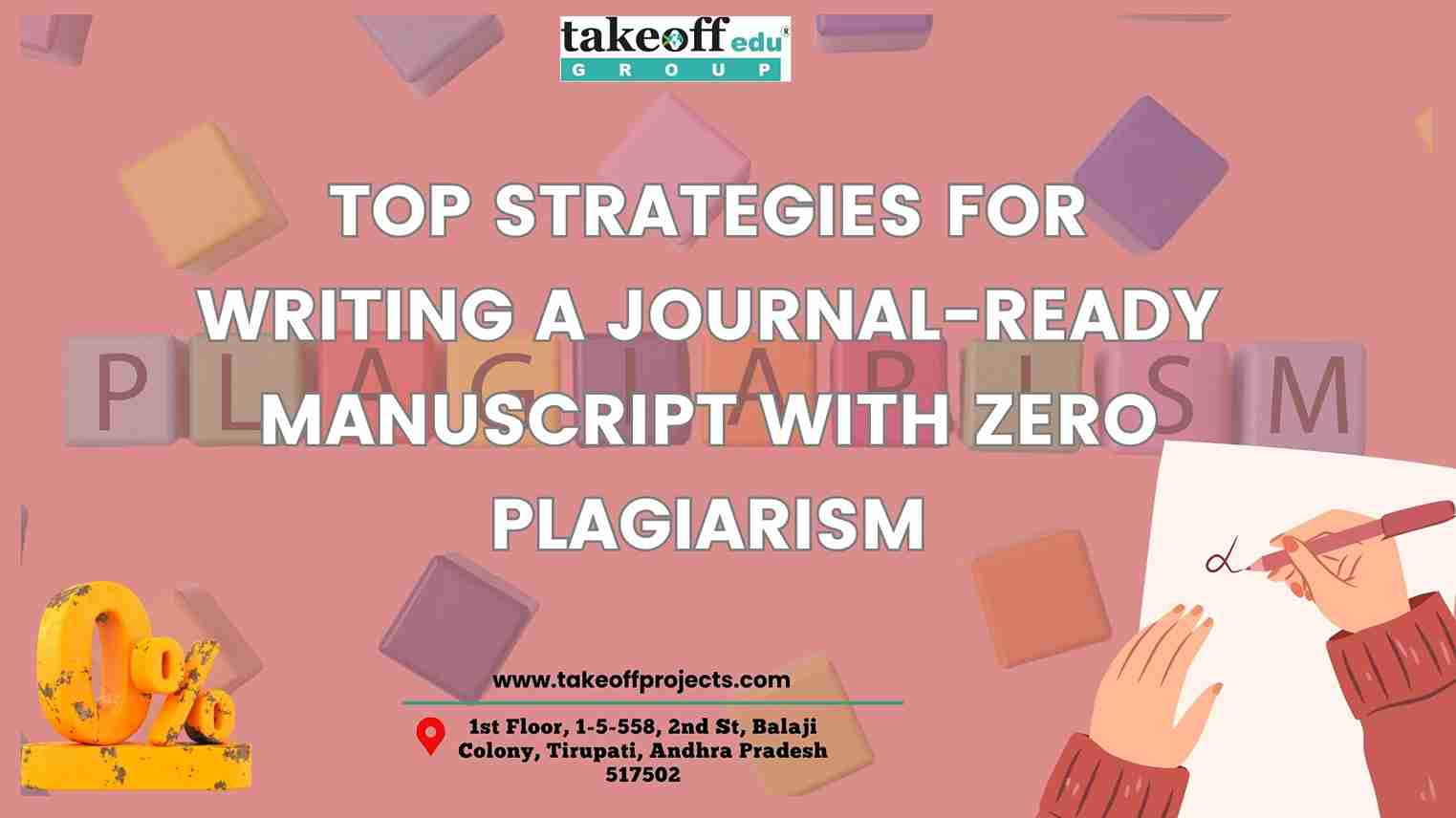 Top Strategies for Writing a Journal Ready Manuscript with Zero Plagiarism
Top Strategies for Writing a Journal Ready Manuscript with Zero Plagiarism  How to Nail Your PhD Research Proposal: Tips from the Pros
How to Nail Your PhD Research Proposal: Tips from the Pros  Understanding the Basics of Power Systems: A Comprehensive Guide
Understanding the Basics of Power Systems: A Comprehensive Guide  Turn Research Challenges into Opportunities: Expert PhD Consultation Services
Turn Research Challenges into Opportunities: Expert PhD Consultation Services 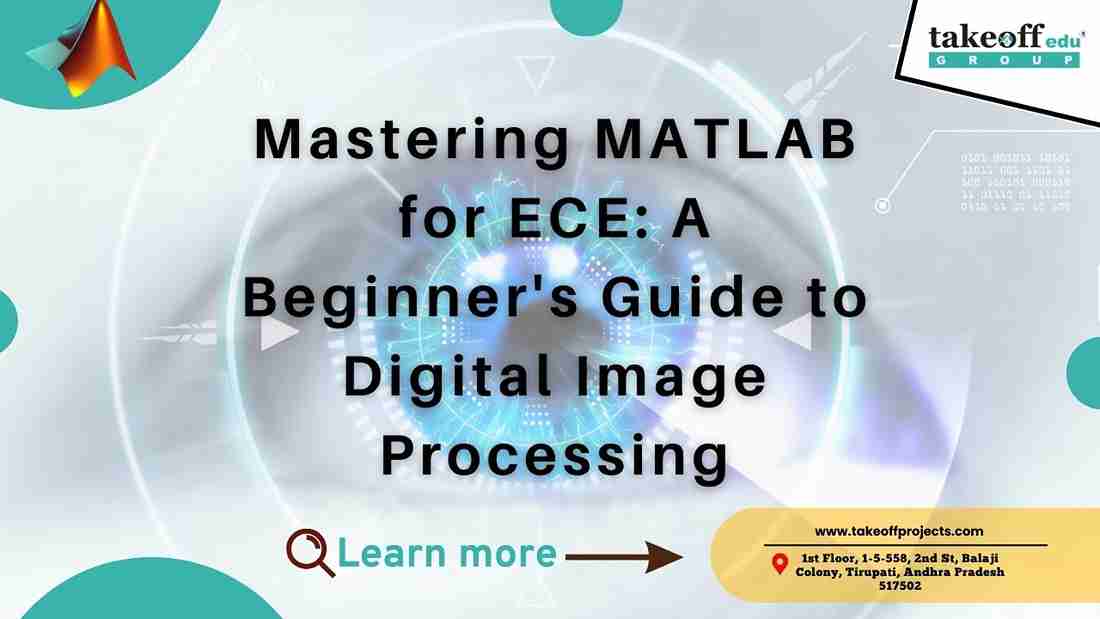 Mastering MATLAB for ECE: A Beginner's Guide to Digital Image Processing
Mastering MATLAB for ECE: A Beginner's Guide to Digital Image Processing  Mastering Your PhD Journey: From Topic Selection to Dissertation Success
Mastering Your PhD Journey: From Topic Selection to Dissertation Success 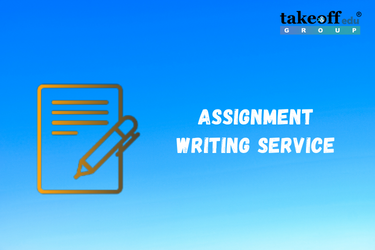 Assignment Writing Service
Assignment Writing Service 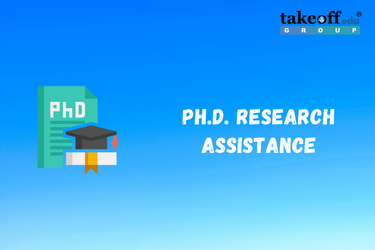 PhD Research Assistance
PhD Research Assistance 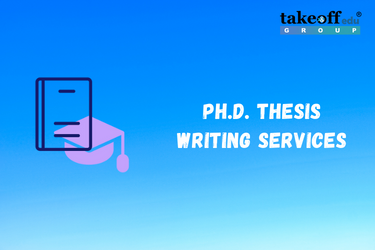 PhD Thesis Writing Services
PhD Thesis Writing Services 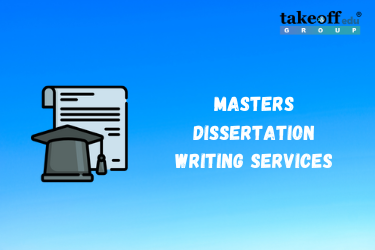 Masters Dissertation Writing
Masters Dissertation Writing 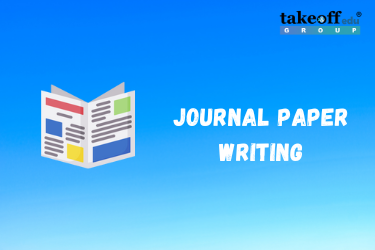 Journal Paper Writing
Journal Paper Writing 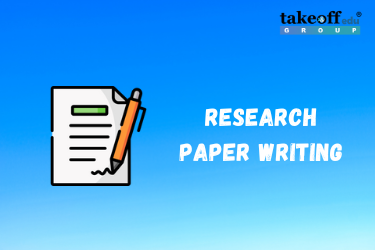 Research Paper Writing Services
Research Paper Writing Services 
 Paper Publishing
Paper Publishing


